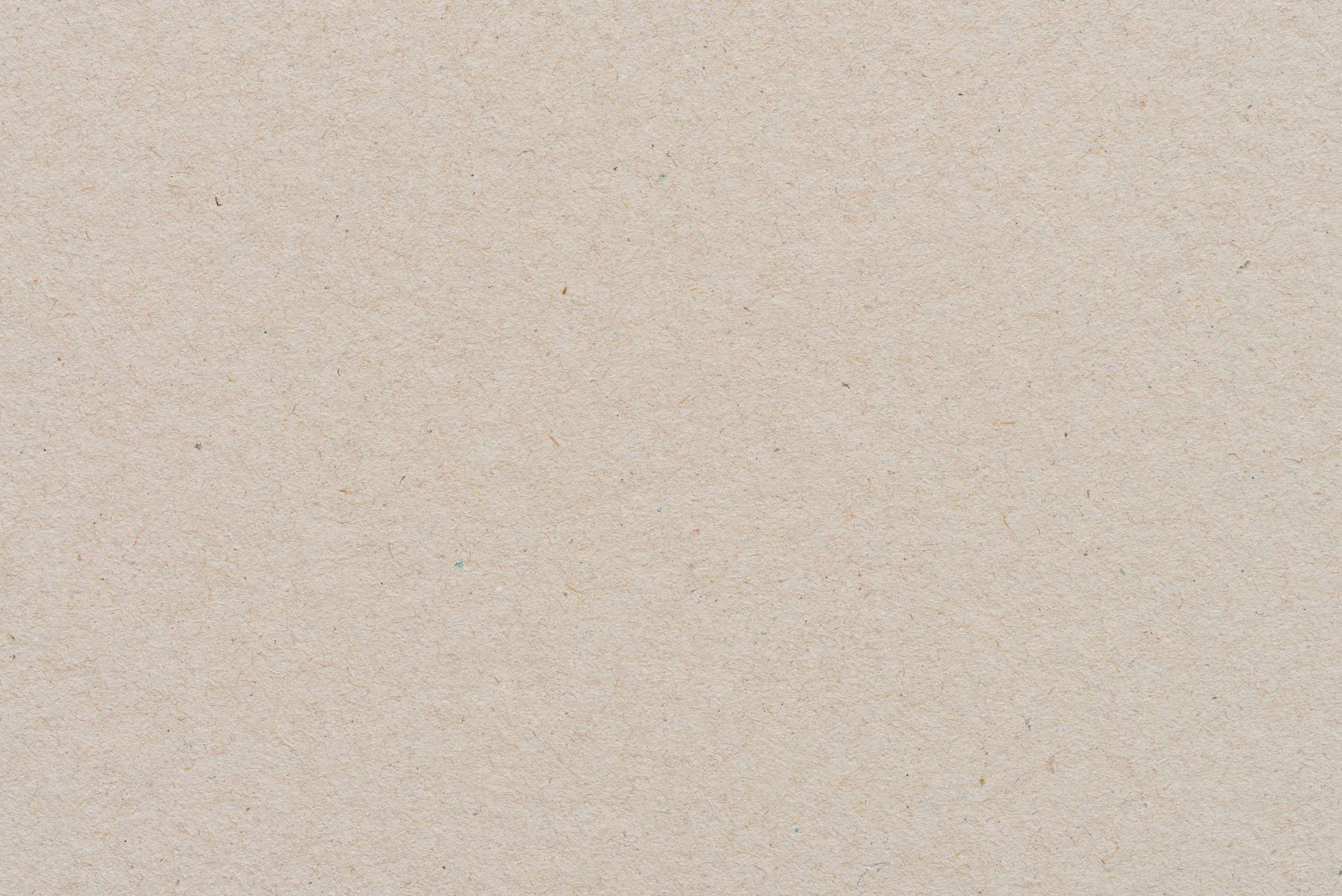
Sun
LESSON 4
Children learn about the sun by conducting a melting experiment and engaging in related hands-on activities.
The book “Sun!” by Stacy McAnulty
The book “Living Sunlight,” by Molly Bang
Muffin tin
Household items like chocolate, crayons, butter, lip balm, beeswax candle, ice cream, and ice cubes that will melt in the hot sun.
Items that won’t melt in the sun
Silicone mold for making crayons
Materials for extension activity of choice listed in lesson plan. (optional)
Materials
Preparations
Gather materials.
This lesson is best done on a hot, sunny day.
Facilitate a hands-on experiment where children predict, observe, and record which items melt in the sun.
Encourage children to think critically by asking them to make predictions and explain their reasoning.
Help children develop their observation skills by monitoring changes in the experiment items.
Lead discussions that compare predictions with actual outcomes.
Objectives for Teachers
Children learn how the sun's heat affects different materials.
Children predict which items will melt and explain their reasoning.
Children practice scientific observation by noting changes in the items placed in the sun.
Children deepen their knowledge of the sun's importance through reading "Sun!" by Stacy McAnulty and extension activities.
Objectives for Children

Collect and Connect
Create actions and practice singing the nursery rhyme “Twinkle, Twinkle, Little Star” together.
At night consider saying the “Bedtime” poem to your child.
Twinkle, Twinkle, Little Star
Twinkle, twinkle, little star,
How I wonder what you are!
Up above the world so high,
Like a diamond in the sky.
Twinkle, twinkle, little star,
How I wonder what you are!
Bedtime Poem
(at bedtime you can use a finger to draw the star, the sun, the moon on your child's back)
A star for you to wish on,
A sun so warm and bright,
A moon for you to sleep on,
Happy dreams,
A kiss goodnight.

Activity Flow
We will begin today's lesson with a fun and hot, science experiment to launch our sun lesson!
Will It Melt Experiment?
Gather a muffin tin and select household items like chocolate, crayons, butter, lip balm, beeswax candle, ice cream, and ice cubes that might melt in the hot sun. Choose some items that you think will not melt as well. Optionally, fill silicone molds with crayons to create fun-shaped crayons. We chose yellow crayons to represent the sun.
Sit down with your child and discuss each item. Ask them to make predictions or guesses about whether each item will melt in the sun. Encourage them to think about why they think some things will melt and others won't.
Place each item into a separate cup of the muffin tin.
Choose a sunny spot outside where the muffin tin can sit undisturbed. Make sure it's a place where the sun shines directly on the items.
Leave the muffin tin outside and check on it periodically. The time it will take for items to melt will vary based on the temperature outside and the item itself. Observe any changes in the items, noting if any are starting to melt, soften, or change shape.
Encourage your child to record their observations. They can draw pictures of what they see happening to each item or describe it in their own words.
After most of the items have melted, gather with your child to discuss what happened. Compare their predictions with what actually occurred. Talk about why some items melted and others did not.
2. After the experiment, lead a discussion about what caused the items to melt. Here are some questions to guide the discussion:
What caused the items to melt?
What heated the items?
What do you know about the sun?
What do you wonder about the sun?
3. Next, introduce the book “Sun!” by Stacy McAnulty, explaining that this book is similar to the others we’ve read this unit. It is a fun book that will teach us all about the sun, and why it is so important to us on earth. Optionally, you could read or listen to the story “Living Sunlight,” by Molly Bang.
4. After the story, follow up with some comprehension questions about what was learned.
What is something new you learned about the sun?
What is the sun?
Why is the sun important to us?
What would happen if there was no sun?
Extension Activities
Extend this lesson with one or both of the following activities (we will also dive deeper in our ‘Sun & Light’ unit):
Sun Painting or Coloring
Provide children with coloring sheets or blank paper and paints or crayons. Encourage them to create their own artistic interpretations of the sun.
Sun Cookies
Bake sun-shaped cookies using a simple sugar cookie recipe and a sun-shaped cookie cutter. After baking, children can decorate the cookies with yellow frosting to resemble the sun.





